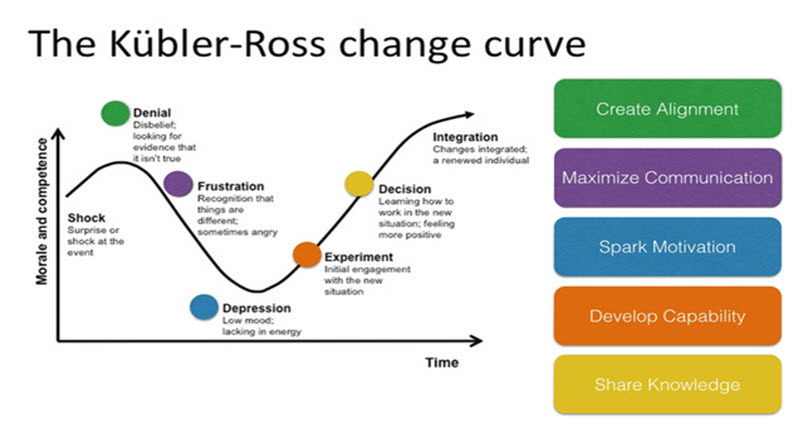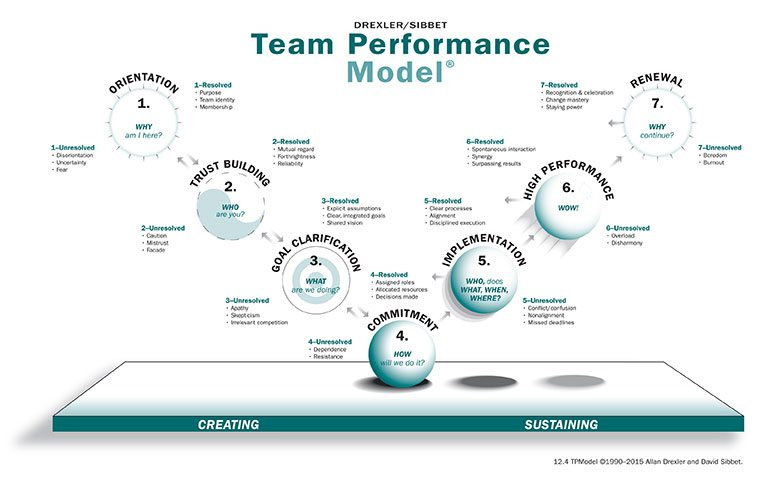Change.
It is a single word, but it inspires such different emotions. It can run the gamut from terror to exhilaration to nonplussed indifference. Change is one of the few guarantees in life, but is the one many pretend doesn’t happen, or worse, run in fear of.
In our teams and businesses, we used to put together detailed design brief and pretended we had perfect knowledge. We stuck to the plan even though markets shifted and moved on. We did beautiful mocks, but never showed them to clients, I mean, “What if they made their own?”. We coded in a frenzy and ignored the “little niggles” along the way. We sometimes even delivered software. It normally “worked” in that it eventually did what was promised, but rarely what was needed.
I’ve certainly lived and worked on these products. The husks of humanity that we left on the way (half the time, parts my soul) were simply casualties of war. By the time, I’d survived the testing and hand off, I never wanted to see the project again.
Of course, something would then break or the new needs were discovered and we would start the whole thing over again. Worse yet were the times, that nothing was done. The project was delivered and I would see the site, the course or the application just sit there unused and useless. I had wasted my time and effort and delivered nothing of value.
“Yep, been there, smoked those fish!” It isn’t fun.
What we as humans crave is this little thing called meaning. Without it our lives are pretty bland. Churning out something that never sees the light of day feels about as meaningless as it gets to a developer. Especially, if there was no real learning done along the way.
Fortunately, there are better ways to work. Unfortunately this requires something that people also fear, that little word once again, “Change.”
Getting people there isn’t always easy though. My favourite saying is, “Software is easy, it’s people that’s hard.” The well worn routes in our brain are sometimes difficult to rewire. We get used to the status quo, even if we are miserable and unhappy, “better the devil you know, right?”
I heard it recently, “the big dirty secret of agile coaching is that it is all change management at its heart.” Whilst I think it is a little more profound, there is more than a kernel of truth here.
We as scrum masters, product owners, developers and coaches do one thing in Agile. It is this, respond to change in a way that leads to the best outcomes for all involved. It is making the most of change and adapting and growing our way into being better.
Better at what?
Well… Crafting code, delivering value, establishing teams that stay together, growing whole individuals and sustainable businesses that survive the ups and downs that come their way. You know better at all of it, eventually.
We don’t respond to change by saying, “My way or the highway” or “Que sera, sera!” or “ARGH…”
We understand it for what it is, constant, and deal with it in the most positive way possible. It isn’t easy and it can’t be done by forcing people to come along with us. We understand it is always by invitation and we work to help mindsets change in ways that support growth and not limit it.
So how do we achieve this lofty ideal?
We start with people. To quote @chrismurman quoting Tyler Durdan (Fight Club), “We the all singing, all dancing crap of the world.” Getting holier than thou doesn’t work, realizing that we are all flawed and broken humanity trying to find the same ends is a great starting point. Another of my sayings is, “People are people, and people are people everywhere.” We don’t have to have all the answers. I suffer from impostor syndrome as much as every other person I have ever met. I am simply trying to help my team along the way as best I know how.
After all, it is never a maths problem, it is always a person problem. So starting by recognizing no fix is perfect, but if you treat people with honesty and empathy you are already closer to affecting positive change in the world.
Part of that respect is also understanding that change by invitation is always deeper and more meaningful that something forced from the outside. Take people on a journey and walk side by side them. Encourage change by “eating your own dog food” and “walking your talk.” Give them reasons to move forward into newer things and remove the obstacles you can, give them the tools and support they need to climb over the ones you can’t.
The thing is as we start to affect that change in the people around us, we can help them channel and redirect to moving towards something better.
Next question, how do we move to something better?
Well, we help them find a vision for what they are doing, this can be at an individual, team, department or business level and ideally at every one of those levels.
Vision anchors the change in a certain direction and provides something that can be bought into. Vision starts us on the road to being able to function with depth and complexity. When we can start to look at things with the filter of what we are trying to achieve, we can make positive choices that get us closer.
Ok, so we have a direction, how do we get there?
When we have a target, we can start doing the things that put help the vision come to life.
We help the individuals and organisations start putting “first things first” to quote Stephen Covey. We start building things that will let our users, also people, do what they want to do first.
We don’t wait, we deliver early. If the trust isn’t in the organisation yet, deliver to a small cohort and expand as feedback flows in. Deliver something that does what it says on the box and find out if it works for your users.
As the teams see value delivered they can buy in further to the vision a little more. They can find value in what they do and find reasons to change further.
Finally how do we deal with the shocks that come along the way?
They will come, we can’t help it. Curve balls are also a guarantee. We build resilience into our people.
We make it safe to experiment and adapt. We give our people the space they need when they need it and let them do what they do well. We evaluate the change that will be required and we change course. Yes, it truly isn’t set in stone.
We equip them with the tools they need and the mindset it takes to respond to the changes. It won’t be perfect, but it will be human.
It will at times hurt. At others you will need to “stand in the gap” for you people and at others still, help people move on to something that suits them better. You will flex and bend, but you will help them stand up.
Dogmatism here rarely works, pragmatism to accept change and deal with it has a profound ability to propel us all forward.
I will confess, I haven’t reached this agility yet, but I am human and always a work in progress. I’m also always looking to do it a little bit better.
How do you respond to change? How do you help the people around you do the same?



